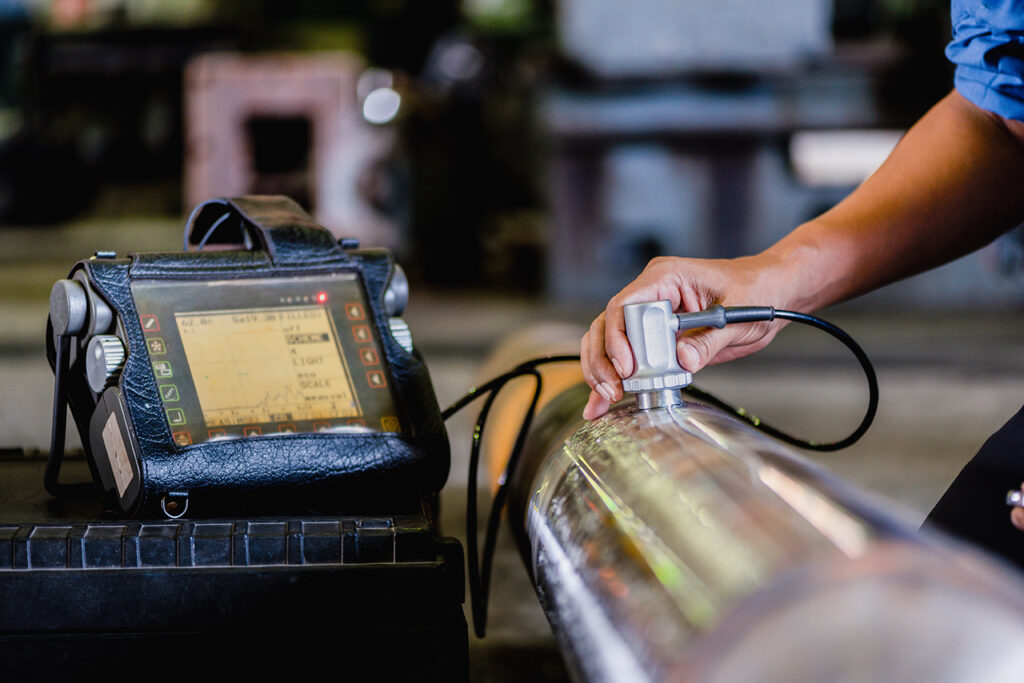Welding plays a pivotal role in industries ranging from manufacturing and construction to aerospace and energy production. As welded structures bear significant loads and stresses, the integrity of weld joints becomes paramount. Ensuring the reliability of these welds necessitates rigorous testing techniques that can identify potential defects and weaknesses. Recent advances in weld joint testing have revolutionized the way these assessments are conducted, enhancing both the quality and safety of welded structures. Traditionally, non-destructive testing NDT methods such as radiography, ultrasonics, and magnetic particle inspection have been used to detect defects within weld joints. While effective, these methods have limitations in terms of their ability to accurately identify subsurface defects or defects in complex geometries. However, the emergence of advanced imaging technologies, like computed tomography CT scanning, has provided a breakthrough in this domain. CT scanning allows for three-dimensional visualization of the internal structure of welds, enabling a more precise detection of defects such as porosity, inclusions, and cracks.

Moreover, the integration of artificial intelligence AI and machine learning ML techniques has brought forth a new era in weld joint testing. AI-powered algorithms can analyze vast amounts of data collected from various NDT methods and identify patterns that might indicate defects. This significantly reduces human error and subjectivity in the assessment process. Machine learning models can be trained to recognize subtle variations in weld characteristics, making it possible to predict potential weaknesses before they compromise the structural integrity of the joint. Ultrasonic testing, a long-established NDT method, has also seen remarkable advancements. Phased array ultrasonics, which involves the use of multiple small ultrasonic elements to steer and focus beams, provides a more detailed and customizable inspection of welds. This technique enables inspectors to adjust beam angles and focal points in real-time, resulting in better defect detection, particularly in complex geometries. Furthermore, the welding process itself has undergone improvements to enhance joint integrity. Laser welding, electron beam welding, and friction-stir welding are examples of innovative techniques that produce stronger and more reliable welds. As these methods differ from traditional arc welding, they require adapted testing approaches. Researchers and engineers are developing specialized testing protocols to ensure that the unique characteristics of these joints are accurately evaluated.
In the quest for ensuring weld joint reliability, researchers are also exploring the realm of material science. The development of novel welding consumables and base materials with enhanced mechanical properties contributes to creating more robust joints. However, these materials often present challenges in terms of testing due to their unique properties and go now. Consequently, testing techniques must evolve to accommodate the diverse range of materials employed in modern welding practices. In conclusion, the landscape of weld joint testing is experiencing a profound transformation due to technological advancements and innovative approaches. The incorporation of advanced imaging, AI, and ML techniques has elevated the accuracy and efficiency of defect detection. Meanwhile, enhancements in traditional NDT methods like ultrasonics, coupled with the emergence of new welding processes and materials, have driven the need for tailored testing strategies. These developments collectively contribute to the overarching goal of ensuring the structural integrity and reliability of welded joints across industries, paving the way for safer and more durable structures.
